Tofu Simple Sandwich

June 10, 2015 – Rene MacVay, Food Blogger | Healthy Recipe Variations I was looking for a quick and healthy meal to have post workout. I had about an hour to eat and get ready for an appointment so I worked with what I had. I looked in my refrigerator and found the following items […]
Salsa Style Blackbean Pasta
June 1, 2015 – Rene MacVay, Food Blogger | Healthy Recipe Variations Since I had to become gluten free I have reduced my pasta intake quite a bit. Pasta used to be a great go to for me, as it was a quick meal to fix and great leftovers to take to work the following day. A […]
Sunburst Pasta
Tolerant Red Lentil Pasta has a bit of a peppery flavor when eaten on its own. When I use it in a recipe I look to find flavors that enhance the pasta’s natural flavors. This dish uses sundried tomatoes for a sweet flavor, chickpeas for a meaty texture, onions and garlic as aromatics, and mushrooms for a chewy texture. […]
Broccoli Greens Tofu Stir Fry

Not only do I love to eat light and healthy foods, but I also do not like to waste food. When I had an opportunity to try broccoli and cauliflower greens I was elated! This was an opportunity to experience two vegetables I love in an entirely new way. I have used the greens as a side dish […]
Gluten Free Pancakes

I was searching for gluten free pancake recipes and came up with several simple recipes each featuring eggs and bananas. I decided to make a version based upon the several recipes I read. Base Ingredients: 2 to 3 RIPE bananas (depending on size) 2 Eggs ¼ TSP Baking Powder 1 TSP Cinnamon Walnut Oil … […]
Pineapple Upside Down “Cake” for Breakfast
I was looking to make a healthy version of pineapple upside down cake, a traditional spring treat, so I decided to turn the flavors of pineapple upside down cake into a bread…making it a breakfast item! This recipe has MORE ingredients than I usually use, but it’s worth it for this spring dish! Base Ingredients: […]
Seven Foods You Can Compulsively Overeat without Getting Fat
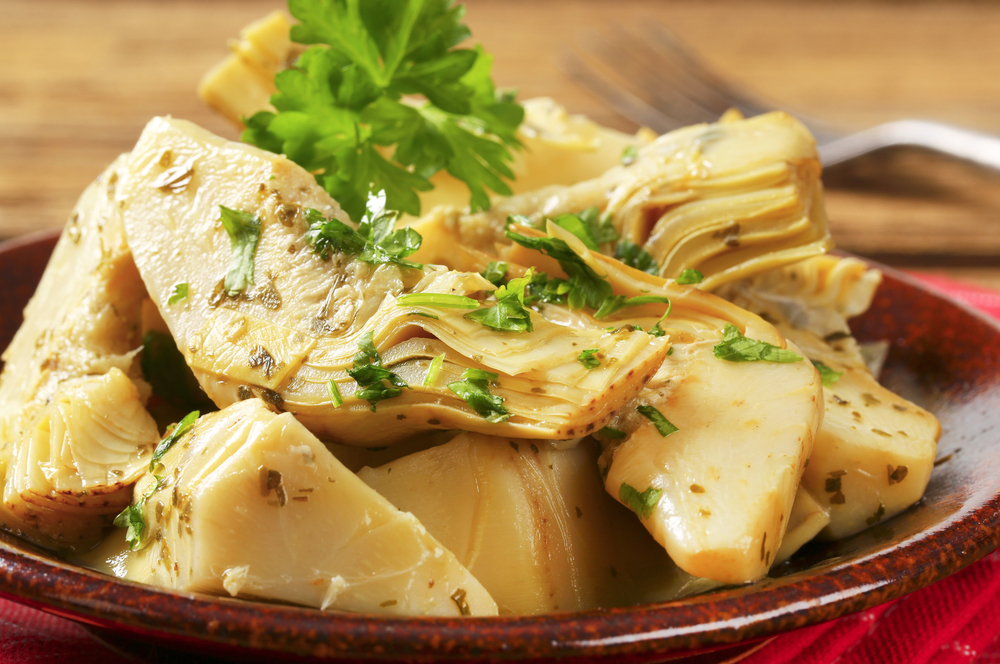
Seven Foods You Can Compulsively Overeat without Getting Fat Earlier this week, we talked about compulsive and emotional eating in recognition of Emotional Overeating Awareness Month. Even if you are not struggling with a regular pattern of emotional overeating, it’s still common to sporadically run into moments where you find yourself compelled to eat out […]
7 Signs of Emotional Overeating
7 Signs of Emotional Overeating April 1st marks the beginning of Emotional Overeating Awareness Month, giving us an excellent opportunity to explore our relationship to food and the emotions that tend to belie our eating habits. In the clinical sphere, emotional overeating is defined as a “maladaptive coping strategy” involving an increase in food intake […]
Peas and Asparagus Your Way

Peas and Asparagus Your Way I make a concerted effort to eat fruits and vegetables when they are in season, when they are at their peak. Asparagus is in season in March and April in California which means not only is the vegetable fresh but also reasonable in price. This vegetable is low in calories […]
Three Vegetable Lentil Pasta

Three Vegetable Lentil Pasta I decided to try a new Gluten Free Lentil Pasta made by Tolerant (http://www.tolerantfoods.com/). As someone with an Art History background, I like to find ways to make my food look good. Since it has been proven that we first eat with our eyes, I try to choose colors that go […]
